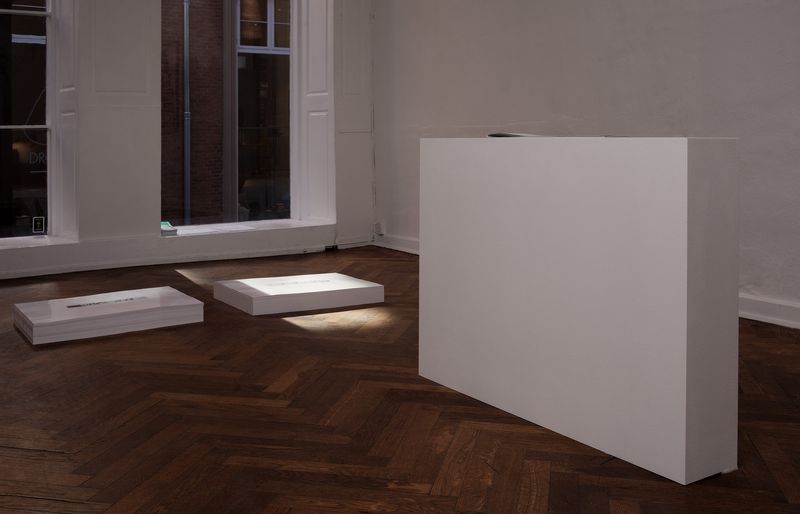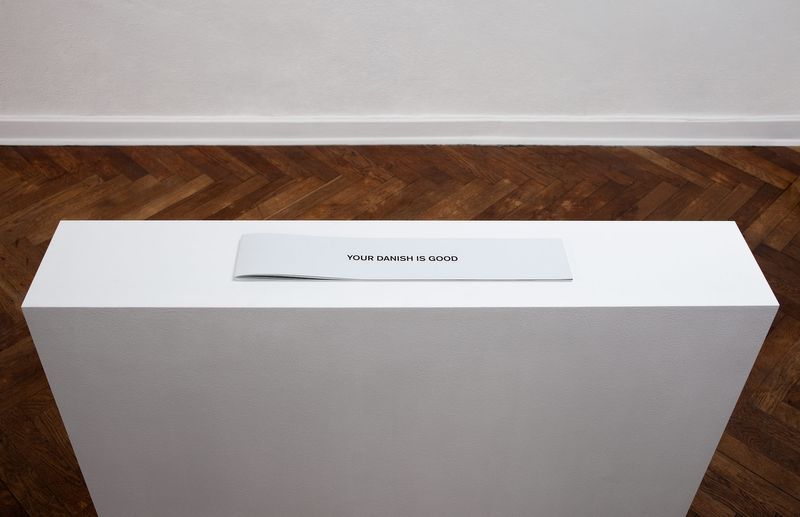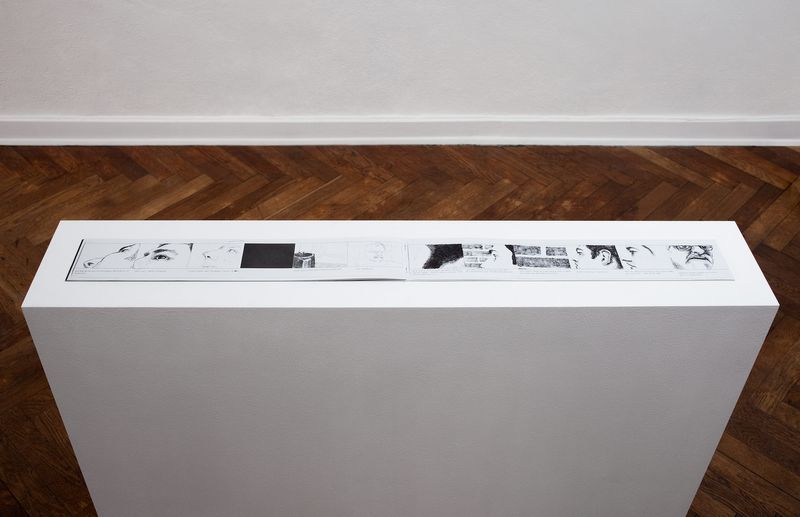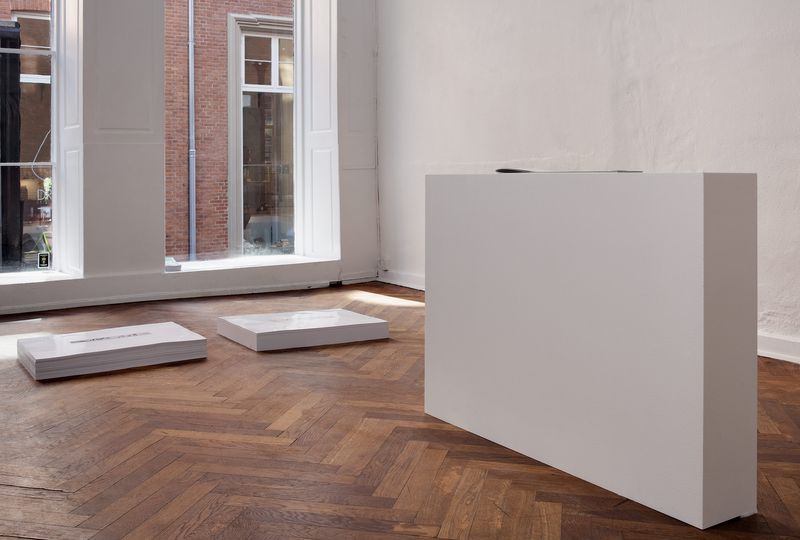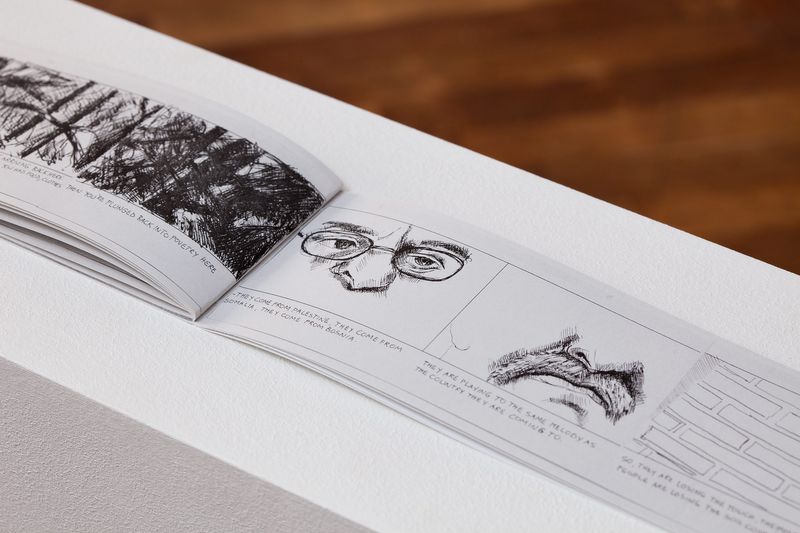Text
Amel Ibrahimovic’s Your Danish is Good is a multipart work that weaves together past and present, history and memory, self and other. Repetition, in several forms, is at the core of this undertaking. At the macro level, repetition is at stake in the periodic historical recurrence of violent conflict, mass killing, forced migration, inhospitable resettlement and xenophobic retort–each time a forgetting of the last instance, as if the past is incapable of instructing the present. Repetition is also a psychic mechanism that arises at the level of the individual, when past events are brought back through traumatic recall and through the incomplete and selective processes of memory and memorialization. In Your Danish is Good, importantly, repetition is also present in the materiality of the artwork, concretized in the very instance when the draughtsman’s memories of the past prompts the movement of the drawing instrument against the paper’s surface, turning an irretrievable past into manifest image. In the work’s rearticulations across media, the image shapeshifts further from inscrutable personal memory to unregulated public representation: in a book that can be read and disseminated; through reproduction into a poster image that can depart the circumscribed gallery context in multiple hands and, finally, into the form of a puzzle, potentially remembered by others in its repetitive recomposition. In each of these instances, the past is made present through the act of repetition. Paradoxically, however, this retrieval, which enables the past to appear and be understood in the current moment, can simultaneously entail a severing of the link to the past. Images flash up in the here and now, but the past to which they are bound, the truths from which they arose, also risk fleeting away.
The work turns around the encounter of two refugee narratives separated by fifty years: The work’s narrator, who came as a Bosnian refugee to Denmark in 1993, meets a “finnebarn,” an older man who came from Finland to Denmark during WWII, on a plane. Here, two forms of repetition, the historical and the psychic, come together, albeit incompletely. The historical events of war from which these two subjects were shaped do not exist as independent, self-evident facts in the work’s discrete components; rather, they are represented in the incomplete retellings–molded by omission, repression, and distortion–of those who have lived through them. The artist speaks of the fact that one selectively remembers one’s own past, which can result in the dual forgetting of oneself and the collective history to which one belongs. Nevertheless, it is in this imperfect encounter of different, distinct, partial lived experiences, which bear comparison but not equivalence, that history can be reckoned with. The encounter offers up a chance, but by no means a guarantee, that the past can touch the present in ways that might affect its future course.
The project is supported by the Danish Arts Foundation and Københavns Billedkunstudvalg
© 2016 Amel Ibrahimovic
